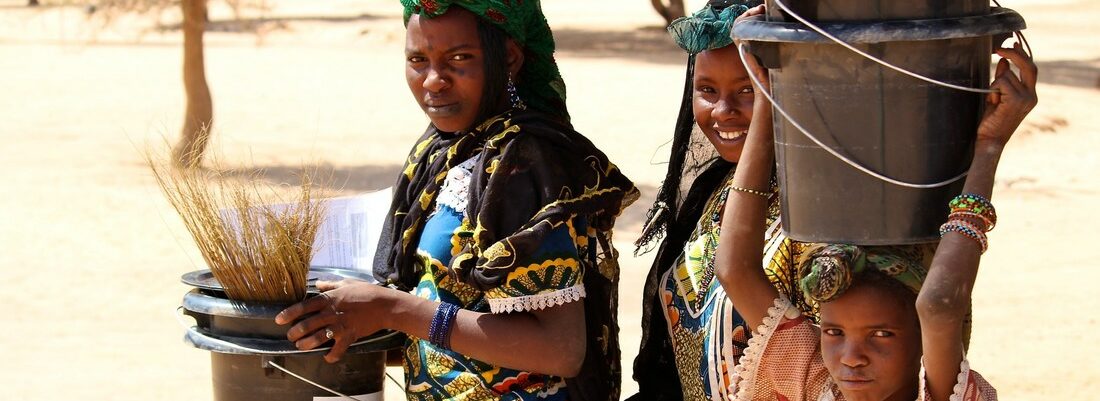In recent years there has been a growing discussion between researchers, policy makers and the media around the topic concerning the climate-migration-conflict nexus. It is expected that as volatile climatic events increase in vulnerable regions, so too will the mass movement of people away from impacted areas. It must be made clear that in order to understand this complex relationship we must first seek to discern that these three phenomena share a circular affiliation to one another. While it is well understood that climate change has the ability to provoke both large scale migration and conflict in fragile territories, it is important to also note that conflict is a powerful driver of migration and vice versa. Considering these intricacies, our partners at the International Food Policy Research Institute (IFPRI) have focused their research on the pathways of how climate change can be the catalyst for both ensuing climatic conflict and migration in unstable regions. (Burrows and Kinney, 2016).
Although there has been much debate between researchers, it is estimated that by 2050 more than 200,000 individuals will be displaced due to climatic events. This appears to be the most commonly cited and agreed upon figure of potential climate migrants, though some experts believe the true count will be much higher. Drivers of climate induced migration in unstable regions include the occurrence of storms, flooding, wildfires and land degradation, but existing literature and a study conducted by IFPRI in Pakistan suggests overwhelmingly that heat stress, temperature rise and long-term drought are the prime motivation for climate related migration (Mueller, Gray and Kosec, 2014) (Burrows and Kinney, 2016).

According to FAO prolonged drought is the dominant reason for loss of crop yields in developing countries the implications of which can be disastrous for smallholder farmers and vulnerable people. Seasons of droughts can cause food insecurity, a shortage of drinking water, loss of livestock, reduction in productivity and agricultural activities. These conditions alone or together can result in the loss of income and stability leaving many vulnerable. In fact it was recorded in a study by (Mueller, Gray and Kosec, 2014) that sever heat stress in Pakistan effectively wiped out one third of agricultural wages, and a further 16% of non-agricultural wages leading experts to the conclusion that heat stress provides a negative income shock.
Although some experts claim that there is no linear, direct link between climate and conflict, there is mounting literature stating the contrary, whereby, changes in climate can influence factors which may exacerbate or lead to conflict. One such factor is drought and heat stress both of which are a major threat to the stability of fragile regions and have been often linked to periods of conflict and unrest. Maystadt, Calderone and You, 2014, stated that high temperatures and water instability in Sudan are found to ‘strongly affect the risk of conflict’. It was found that a slight change of just one 1 standard deviation was enough to raise the median frequency of intergroup conflicts by 14%. The same study found the competition for natural resources along with and often accelerated by heat stress a strong driver of conflict and violence in vulnerable regions.
These studies conducted by IFPRI highlight crucial knowledge gaps within the Climate Change – Migration – Conflict nexus and have helped researchers to disentangle the sophisticated pathways between them. Although these pathways may often be indirect and complex it is important to note how changes in climate such as drought and heat stress can have staggering impacts on both conflict and migration in already fragile, unstable regions. This body of literature has prompted climate scientists to investigate future adaptation strategies that are needed in order to avoid catastrophic future events. Such adaptation practices include the possibility of shifting relief investments towards weather insurance and warning systems, heat resistant livestock and resilient crop varieties, irrigation schemes and education, along with a range of integrated policies aimed at relieving individuals of burden in times of stress (McKenzie, Gibson, and Stillman, 2010) (Beegle, De Weerdt, Dercon, 2011).

